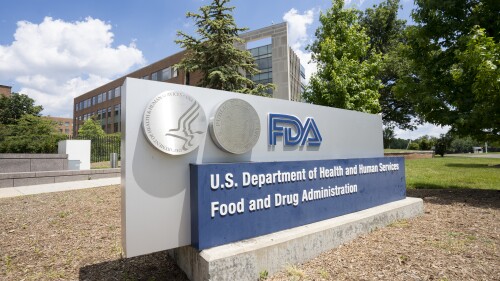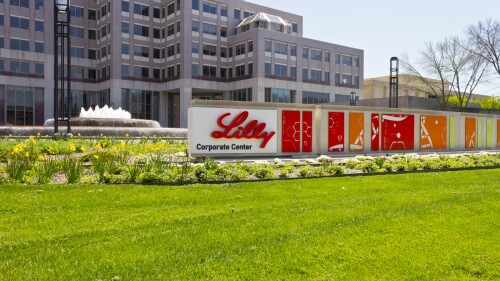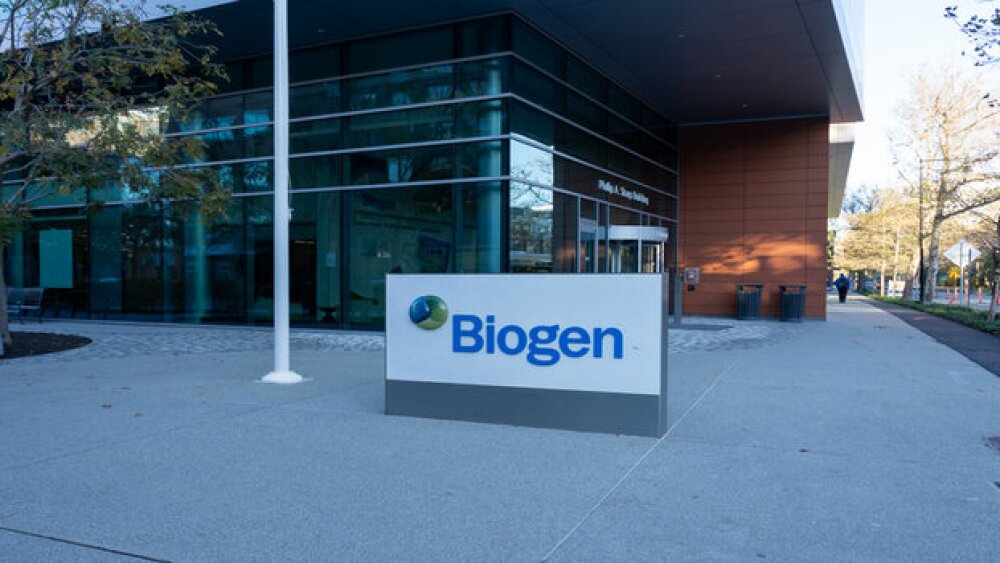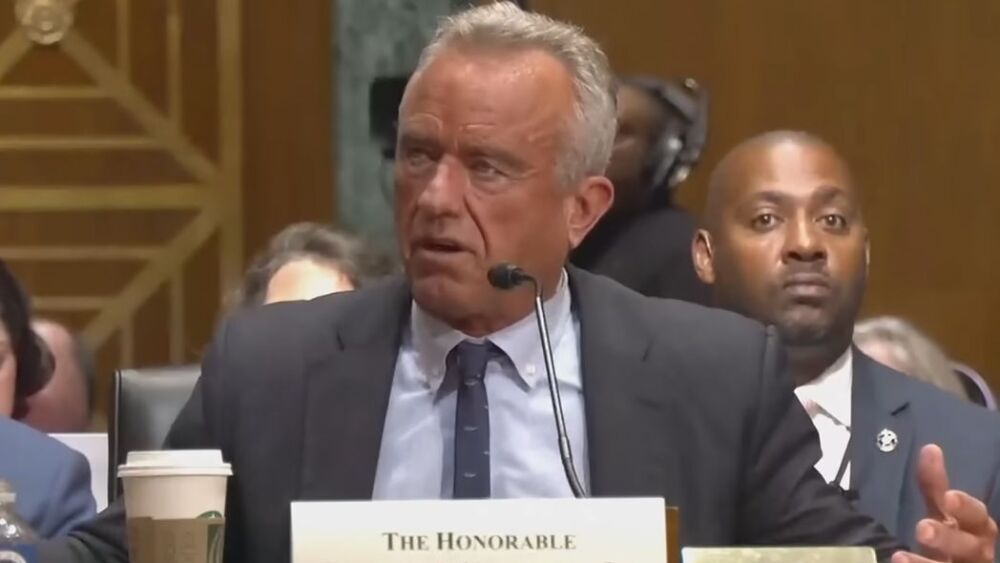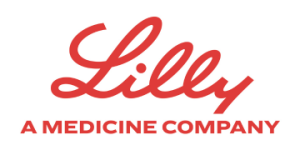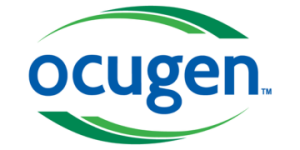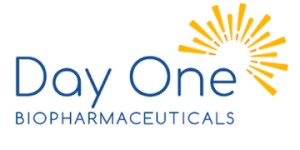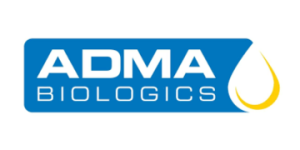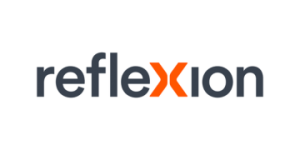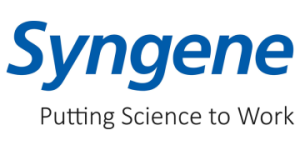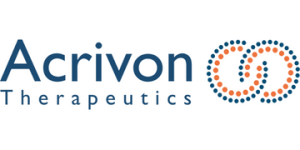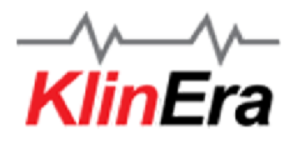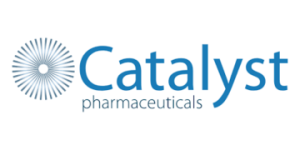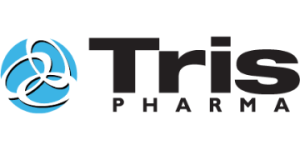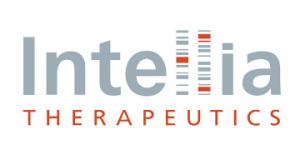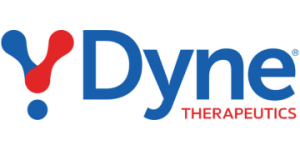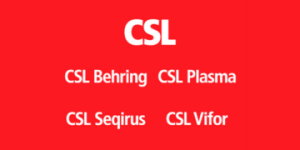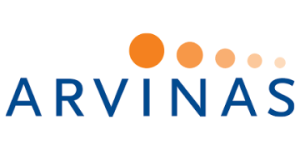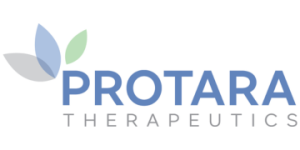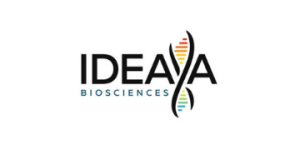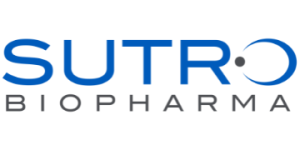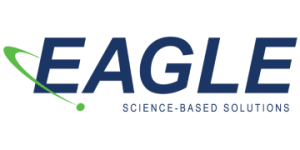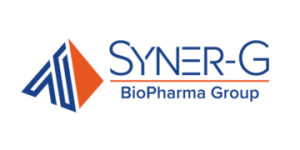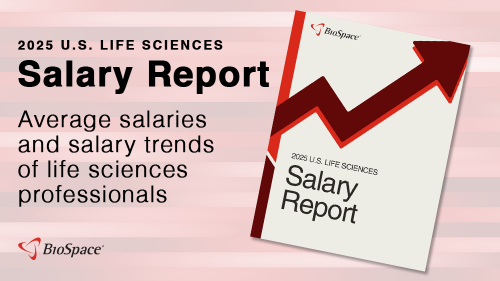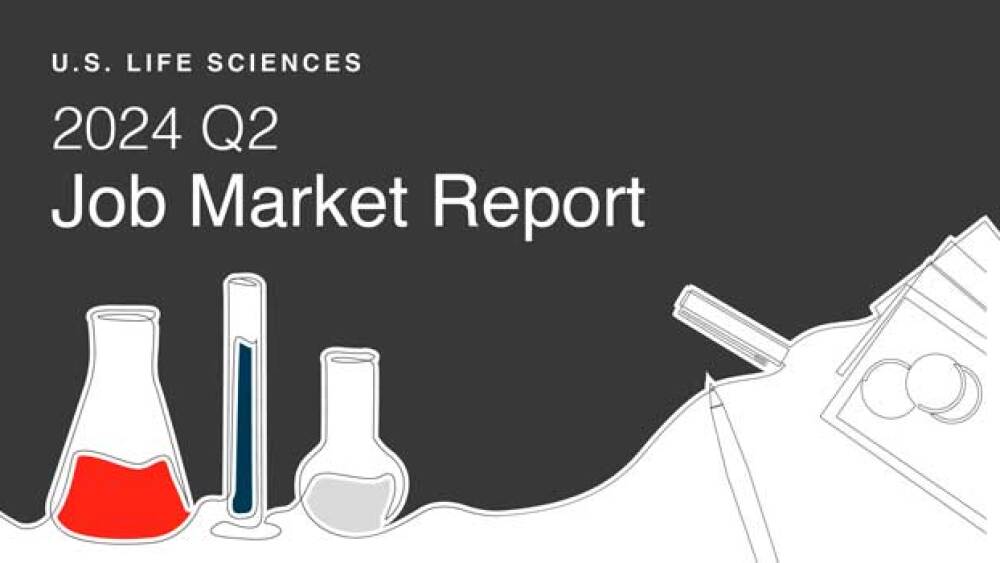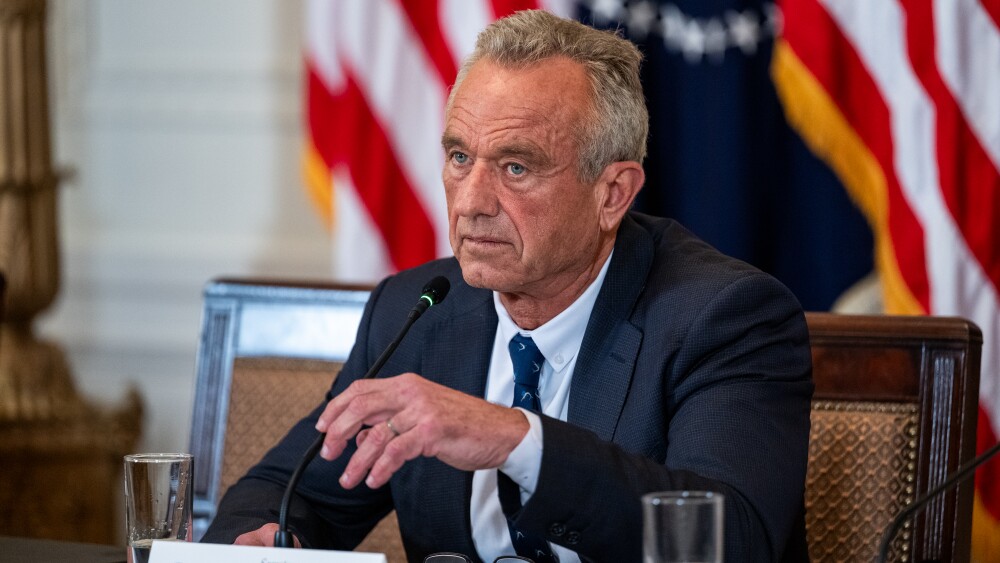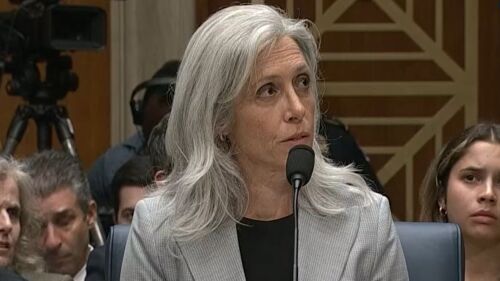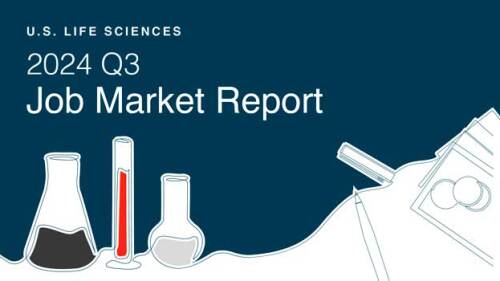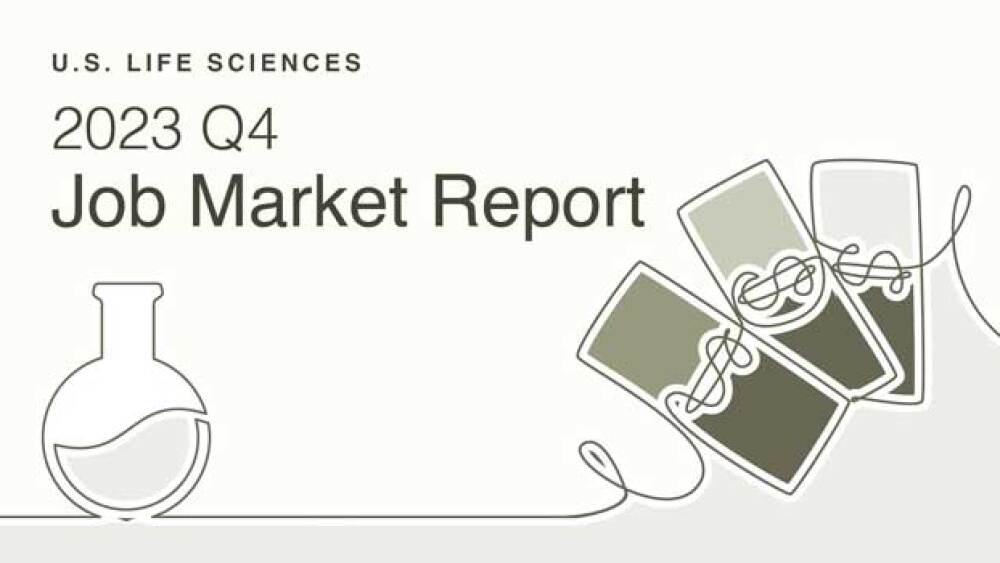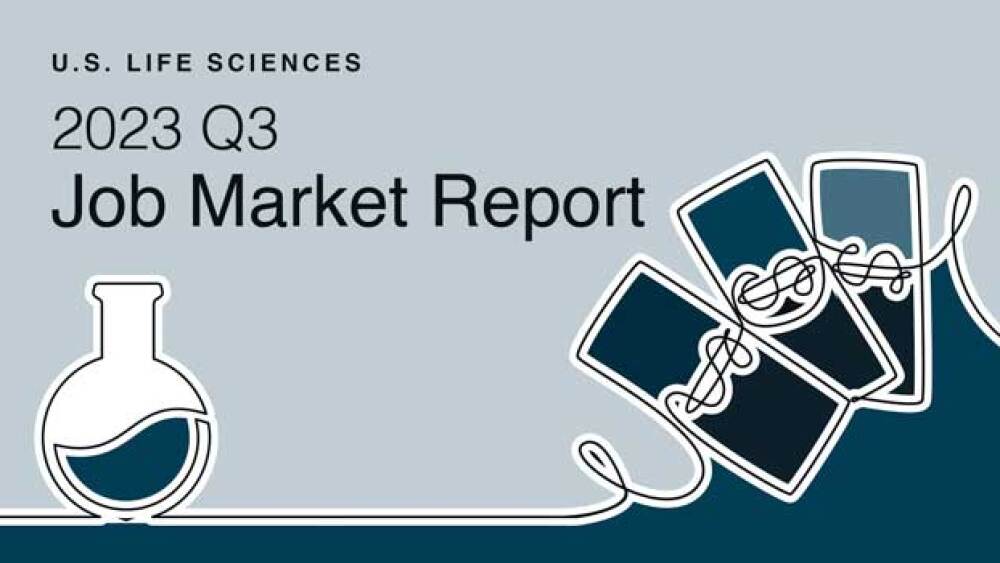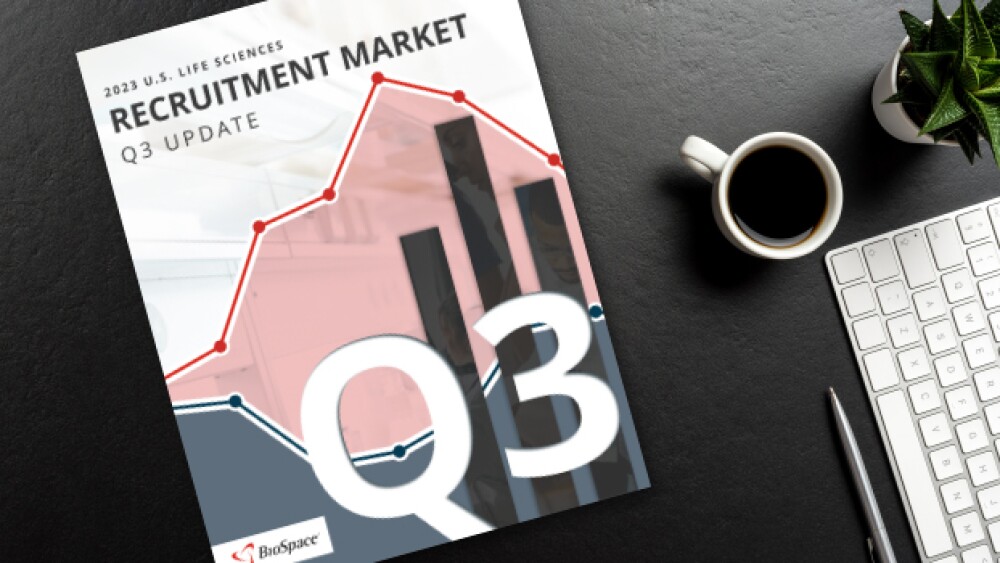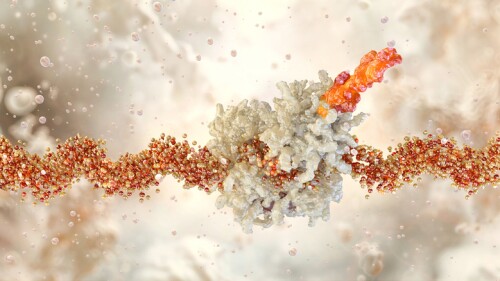The company was awaiting $70 million from HealthCare Royalty but missed an agreed-upon payment condition.
Imlifidase, an IgG-destroying enzyme, could receive FDA approval in the second half of 2026 and hit peak sales of $306 million, according to William Blair.
Phase III data showed that Inluriyo improves progression-free survival versus standard endocrine therapy.
Companies that have broken ground on or are actively constructing manufacturing facilities in the U.S. are exempted from the tariffs, according to President Donald Trump’s social media post on Thursday.
Though details remain scant, the pending order is expected to be the latest effort in President Donald Trump’s campaign to bring drug prices down to the same level as economically similar countries.
The regulatory greenlight was backed by two Phase III trials that showed normalized growth hormone levels in patients with the rare pituitary condition. It’s the first approval for Crinetics Pharmaceuticals and something CEO Scott Struthers predicted “will transform people’s lives.”
FEATURED STORIES
Ori Biotech’s CEO said the prioritization of review by FDA, coupled to the impact of the technology, could shave up to three years off development timelines.
With two late-stage programs set to read out in the next 48 months, Biogen is translating its wealth of experience in multiple sclerosis to lupus—developing a pipeline BMO Capital Markets analysts called “thoughtful.”
New FDA expert panels, such as recent meetings on SSRI use during pregnancy and on hormone replacement therapy during menopause, are drawing criticism for being one-sided. One leader says such panels are designed to reach a specific conclusion.
Amid an unprecedented turnover in leadership at the FDA and mass layoffs of staff, communication has crumbled and uncertainty runs rampant, leaving small and medium biopharma companies without a clear path forward for their therapies.
Robert F. Kennedy Jr. repeated a series of anti-vaccine talking points during his appearance in front of the Senate finance committee on Thursday, as Democratic and Republican senators alike hammered the Health Secretary on recent COVID-19 vaccine restrictions and his views on Operation Warp Speed.
As AAV9 and CRISPR programs navigate safety, delivery and scalability hurdles, small molecules offer a deployable, scalable bridge, complementing genetic approaches and accelerating meaningful impact for patients with Duchenne muscular dystrophy.
LATEST PODCASTS
George Tidmarsh takes over temporarily at CBER following Vinay Prasad’s abrupt departure; Replimmune trial leaders protest rejection reportedly driven by FDA’s top cancer regulator Richard Pazdur; Merck’s $3 billion savings push claims 6,000 jobs; and Pfizer CEO Albert Bourla addresses President Donald Trump’s new threats around Most Favored Nation drug pricing.
In this episode presented by IQVIA, BioSpace’s head of insights Lori Ellis discusses the concerns and opportunities of patient data driving AI tasks with Louise Molloy, associate director medical information and pharmacovigilance.
Sarepta’s Elevidys is back on the market for ambulatory patients with Duchenne muscular dystrophy, Health Secretary Robert F. Kennedy Jr. reportedly plans to dissolve the U.S. Preventive Services Task Force and “fix” the vaccine injury compensation program, Merck, AstraZeneca and more report Q2 earnings, Novo names a new leader and Roche’s trontinemab impresses at AAIC25.
Job Trends
Nearly a third of employed and almost half of unemployed BioSpace survey respondents are seriously considering leaving the U.S. to find biotech and pharma jobs. Concerns about how the political climate is affecting biopharma are a key driver for many.
Subscribe to Genepool
Subscribe to BioSpace’s flagship publication including top headlines, special editions and life sciences’ most important breaking news
SPECIAL EDITIONS
For the second quarter of 2024, there were 25% fewer jobs posted live on BioSpace compared to the same quarter of 2023. The year-over-year job response rate rose from 14.6% to 15.3%.
The pace of mergers and acquisitions has accelerated. In this deep dive, BioSpace takes a closer look at the nature of recent deals and the players involved.
In this deep dive BioSpace analyzes the neuropsychedelic therapeutics pipeline, which grabbed headlines in February when the FDA accepted the New Drug Application for Lykos Therapeutics’ MDMA capsules for PTSD.
DEALS
-
In the second biggest acquisition of the year, Merck gains the commercial COPD drug Ohtuvayre, which could help offset the loss of revenue when Keytruda’s patent expires later this decade.
-
Analysts said the deal with Novo was likely giving Hims “‘credibility’ or increased consumer traffic,” adding that the “litigation risk is back on the table” now that the Danish pharma has stepped away.
-
The deal marks an end for CAR T company Cargo Therapeutics, which has been slashing its workforce and cutting programs since the January decision to halt its lead candidate for a certain type of aggressive large B cell lymphoma.
-
After the FDA rejection of Zurzuvae in one type of depression and the triple failure of neuro asset dalzanemdor, Sage was searching for a path forward at the end of December 2024. Biogen CEO Chris Viehbacher spied a possible deal, but the smaller company wasn’t interested.
-
Why did two private equity firms with more than $460 billion under management want a little old gene therapy biotech called bluebird bio? We wanted to know.
WEIGHT LOSS
-
Closely watched data from Eli Lilly and Viking Therapeutics this month have reignited the discussion around oral weight-loss drugs—and their ultimate place within the anti-obesity medication market.
-
The mad rush for safe and effective obesity drugs has winners—including Eli Lilly’s Zepbound and Novo Nordisk’s Wegovy—and losers. Here are five molecules that never made it to the market.
-
While it’s impossible to make apples-to-apples comparisons of the many obesity candidates with so many differences across clinical trials, we at BioSpace are giving it our best shot.
-
With results from highly anticipated trials of Eli Lilly’s orforglipron and Viking Therapeutics’ VK2735 “underwhelming” investors, William Blair’s Andy Hsieh predicts weight loss pills will play a bigger role in low- and middle-income countries than in the U.S.
-
A draft copy of an upcoming MAHA report reveals a strategy in lockstep with recent HHS actions such as reviving the Task Force on Safer Childhood Vaccines; Viking Therapeutics reports robust efficacy from mid-stage oral obesity candidate but is tripped up by tolerability concerns; Novo Nordisk wins approval for Wegovy in MASH; and Lilly takes a pricing stand.
POLICY
-
In a livestreamed meeting Tuesday afternoon, Health Secretary Robert F. Kennedy Jr. drew a dark portrait of the state of America’s health while addressing the MAHA Commission’s most recent report, which includes plans to research potential links between vaccines and rising rates of chronic disease.
-
While a win for consumers, the regulatory action did nothing to stem the manufacture of compounded versions of the popular obesity drugs that are made by Novo Nordisk and Eli Lilly. In fact, the FDA seems to be signaling that “some level of compounded product is acceptable,” according to BMO Capital Markets.
-
The World Health Organization’s Essential Medicines list guides high-level procurement and coverage decisions for over 150 countries.
-
Ousted CDC Director Susan Monarez claimed in an op-ed published in The Wall Street Journal Thursday that she was fired for refusing to rubber-stamp COVID-19 recommendations to be made by an advisory panel that has expressed “antivaccine rhetoric.”
-
In coordination with the United States President’s Emergency Plan for AIDS Relief, Gilead will make its twice-yearly HIV prophylactic Yeztugo available to resource-limited countries “at no profit.”
Many biopharma professionals view smaller companies as having the best flexibility and remote work options, but that doesn’t mean their larger counterparts are failing in that area. Several professionals, including Apogee Therapeutics and Insmed executives, share their insights.
Check out five New York companies hiring biopharma professionals like you, including 2025 Best Places to Work winners.
Plus, communication errors that cost job offers and how to craft a LinkedIn “About” section
Year-over-year BioSpace data shows there are fewer job postings live on the website and far more competition for them.
At Johns Hopkins University, the biomedical engineering program’s Design Team offering lets undergraduates dive deep into clinical projects that can help them land industry jobs, get provisional patents or even start companies.
Not everyone who completes a life sciences Ph.D. wants to continue working in a laboratory or in research. If this is the case for you, here are 12 careers for Ph.D. life scientists outside of the lab.
HOTBEDS
REPORTS
If it feels like there has never been a tougher time to look for work, you’re not alone—and you’re likely not wrong.
In this job market report we’re reviewing life sciences job market movement in Q3 and what to expect for Q4 and beyond.
This labor market report examines Q3 life science job market trends and the recruitment outlook for Q4 and beyond.
CANCER
-
The recent announcement of RFK Jr.’s termination of mRNA vaccine contracts is the latest effort to undermine this promising technology at the federal level. Pharmaceutical companies and private investors must fill the gap and ensure that research into this critical resource continues.
-
Arguably the FDA’s most anticipated decision this month is for a subcutaneous induction formulation of Biogen and Eisai’s Alzheimer’s drug Leqembi, which, according to Eisai, could “help reduce the burden on healthcare professionals and patients.”
-
Strand Therapeutics’ lead asset is STX-001, an intra-tumor self-replicating mRNA therapy that carries a payload expressing the immunomodulatory protein IL-12.
-
The small molecule drug, acquired by Jazz Pharmaceuticals in its $935 million Chimerix pick-up this spring, is intended for relapsed adult and pediatric patients with H3 K27M mutations.
-
Terns, once a rising star in obesity and the MASH space, will refocus on cancer and partner out a handful of obesity assets.
NEUROSCIENCE
-
LB Pharma will test the IPO market to seek funding for a Phase III-ready schizophrenia asset.
-
The deal extends AbbVie’s commitment to the psychedelics space and depression, after emraclidine’s high-profile flop in schizophrenia last November.
-
The platform strategy of using one molecule to target an underlying biological pathway to address many different diseases can be a goldmine for smaller companies. But it also has a unique set of challenges.
-
The small molecule, vatiquinone, had already flunked a Phase III trial, but the company pushed ahead with an approval bid anyway.
-
Waltham, Massachusetts–based Skyhawk Therapeutics has been collecting collaborations with larger companies in spades since launching in 2018.
CELL AND GENE THERAPY
-
The swift FDA action removes an overhang from Sarepta and allows Elevidys to return to the market without another safety study, as had been feared, Jefferies analysts said Monday.
-
Brazilian authorities said the death was unlikely to have been caused by Elevidys and was instead more in line with severe infection exacerbated by immunosuppression.
-
The European Union’s health regulatory agency did not endorse approving Elevidys for ambulatory patients with Duchenne muscular dystrophy.
-
The strategic reprioritization comes after the company hit two major hurdles in the past year, including a clinical hold for an investigational gene therapy and an FDA rejection for its lead asset.
-
CBER is unanimously against Elevdiys’ return to the market without additional evidence, according to media reports citing an anonymous senior FDA official. Given Elevidys’ full approval, however, experts told BioSpace this path would set up a length legal battle between the regulator and Sarepta Therapeutics.


